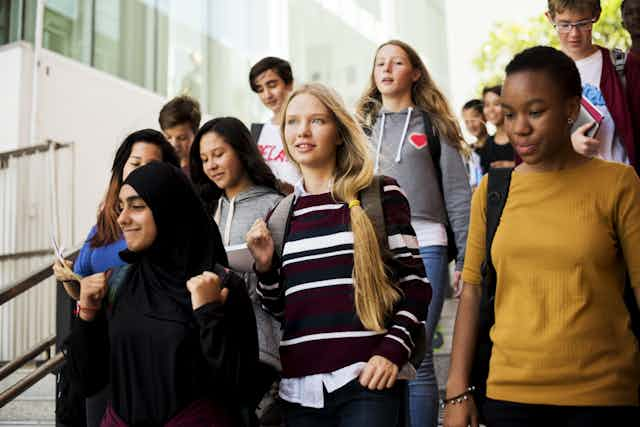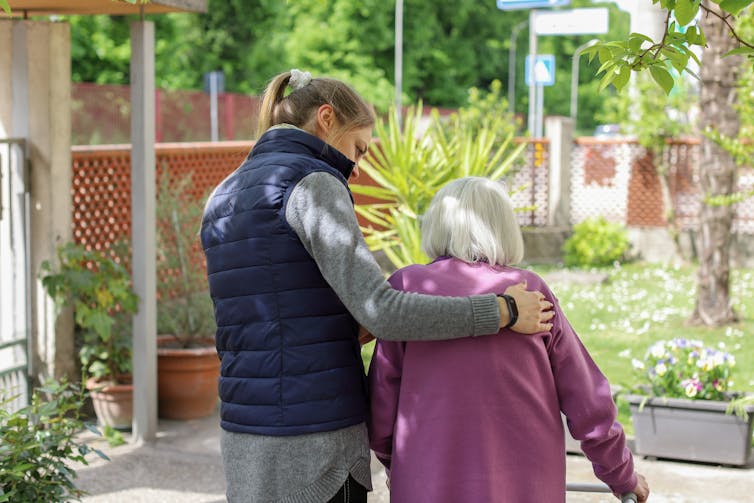

Meera Varadharajan receives funding from Allan and Gill Gray Philanthropy Australasia.
Jack Noone ne travaille pas, ne conseille pas, ne possède pas de parts, ne reçoit pas de fonds d'une organisation qui pourrait tirer profit de cet article, et n'a déclaré aucune autre affiliation que son organisme de recherche.
UNSW Sydney apporte un financement en tant que membre adhérent de The Conversation AU.
Voir les partenaires de The Conversation France
According to UNICEF, Australia ranks in the bottom third of OECD countries in providing equitable access to quality education. This means our education system – from access to early childhood education to expectations for study after school – does not allow every student to enjoy the same benefits that come from schooling.
The students who often miss out are from disadvantaged families. This includes young people with disabilities, First Nations peoples, those from lower socioeconomic backgrounds, students in regional and remote communities, and young refugees and asylum seekers.
A Grattan Institute report shows the gap between students whose parents have low education and those with highly educated parents grows from ten months in year 3 to around two-and-a-half years by year 9. And because of COVID, and the disruption to education, vulnerable students are even worse off than before.
This is important because what happens to young people at school affects the opportunities they are exposed to for the rest of their lives.
Existing testing measures don’t capture young peoples’ whole learning experience which occurs both inside and outside formal education settings. Nor do they capture all key objectives of education including promoting active citizenship and social engagement.
In our report out today through the Centre for Social Impact, we reviewed 45 education interventions and culturally inclusive studies. We synthesised the findings and have come up with so-called “levers for change”. These represent actions that can be implemented not only in schools, but also outside educational settings including communities, to make education more equitable.
The 45 programs we chose to review had been through a rigorous evaluation process. We specifically looked for those implemented in schools and communities that had shown promise in improving education and other social learning outcomes – such as problem solving and teamwork skills – for young people in vulnerable contexts.
These included programs that connect families in remote communities with local early childhood services and community playgroups, as well as offer small staff-to-student ratios and targeted care to families experiencing stress.
Other programs exposed students to a variety of workplace and study settings and provided Indigenous cultural activities to both Indigenous and non-Indigenous students.
Out of the 45 programs we looked at, 15 focused on First Nations students.
From our review, four key findings emerged:
Our findings translate to what we have termed “levers for change” as well as recommendations for governments, education systems and communities.
The key recommendations include:

In January we workshopped our recommendations with educators, philanthropic organisations, and those who implement programs. We spoke about which recommendations should be prioritised and the barriers that need to be removed.
People recognised the importance of non-ATAR driven approaches and recognising and documenting skills developed outside schools.
They also identified policy choices and institutional barriers, such as lack of sustained investment and approaches which focus on deficits rather than strengths. We should also be careful in assuming successes in one jurisdiction or context will replicate in others.
Above all, steps must be taken to actively include diverse young people in decisions that impact their future. This is our next step; we will take our recommendations to young people to gain further feedback.